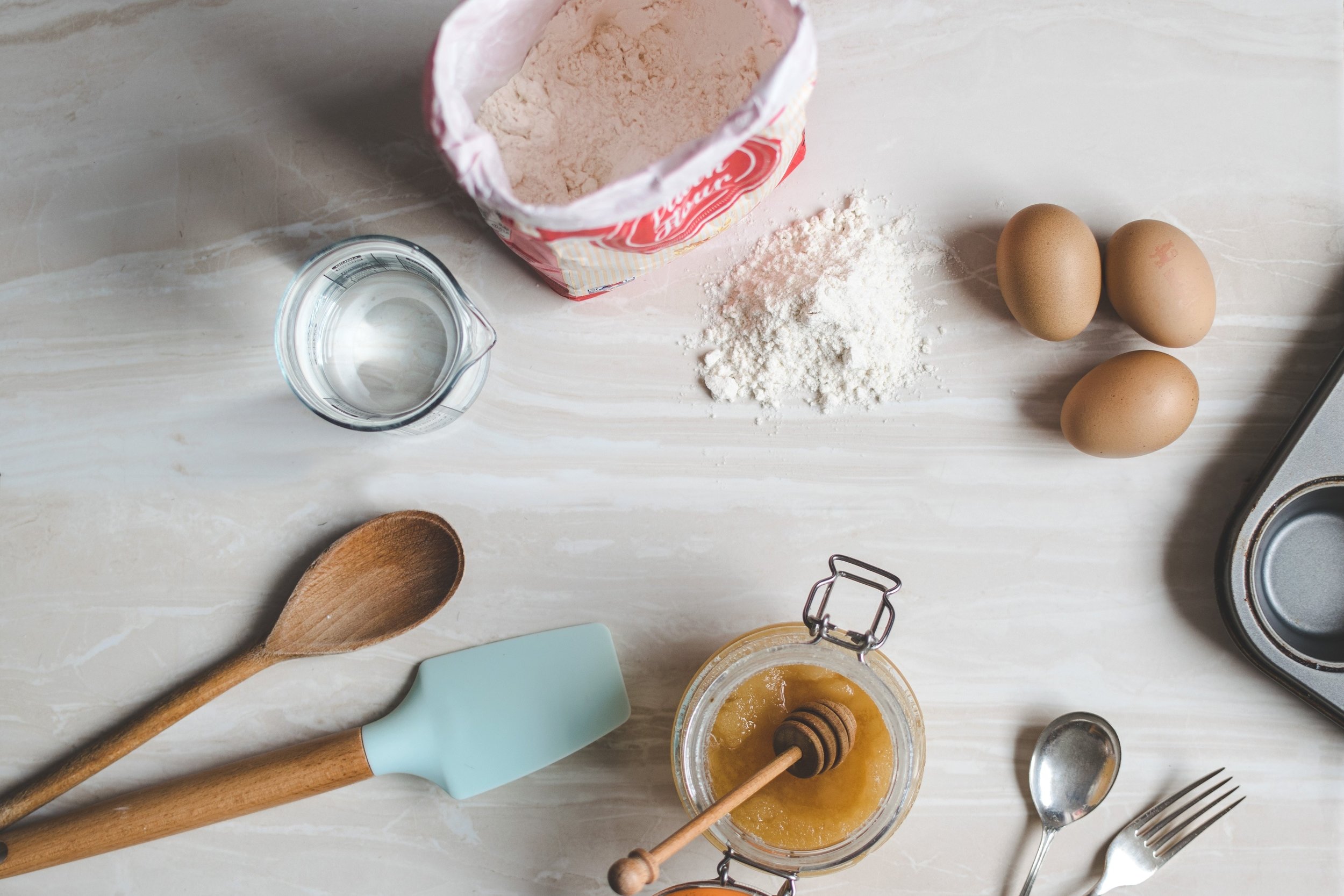What’s the difference between a wet and dry measure?
/I often get questions from readers about why their cakes don't work when they follow the recipe exactly. Baking is a scientific process; there are rules to ensure the final product is delectable. You can throw things together when you are cooking, but not when you're baking.
The most important step is measuring. It is much easier and more accurate to weigh ingredients for baking, but many people do not have scales and many North American recipes are based on volume (cups), not weight. If you are a serious baker, buy a scale and ignore this column.
But many food magazines now give baking measurements in both weight and volume, and to further complicate things for the rest of us, there is a difference between wet and dry measures. Glass or plastic measuring cups shaped like a jug are used for measuring liquids. This usually means eyeballing the liquid until it reaches a certain line. Dry measures are the stackable cups that come in different sizes. These are essential for accurate measuring. Do not use wet and dry measures interchangeably.
To avoid baking nightmares, it is important to measure your flour correctly, which depends on how you scoop it into the cup. Most bakers spoon the flour into the measuring cup until it is piled high. Sweep the back of a knife across the cup to level it – this is the correct measurement.
An alternate method is to whisk the flour gently or break it up with a fork to lighten it. You may wonder why. In older recipes, flour was sifted before measuring, which aerated it. Today, flour is "presifted," but it packs back down in the container.
If you plunge your measuring cup into the bag of flour, scoop it full of flour, take it out and level it, you get about 2 to 3 tablespoons of extra flour. In a two-cup cake, that means an extra 1/4 to 1/3 cup of flour – the difference between a perfect dessert and a stodgy failure.
To test my theory, I weighed 1 cup of flour using both the "scoop" and "spoon" methods. The scooped flour weighed 150 grams, while the flour that I spooned into the measuring cup weighed 130 grams.
If you measure properly, say goodbye to failures and enjoy perfectly baked treats.
Click here to read the original Globe and Mail column.

